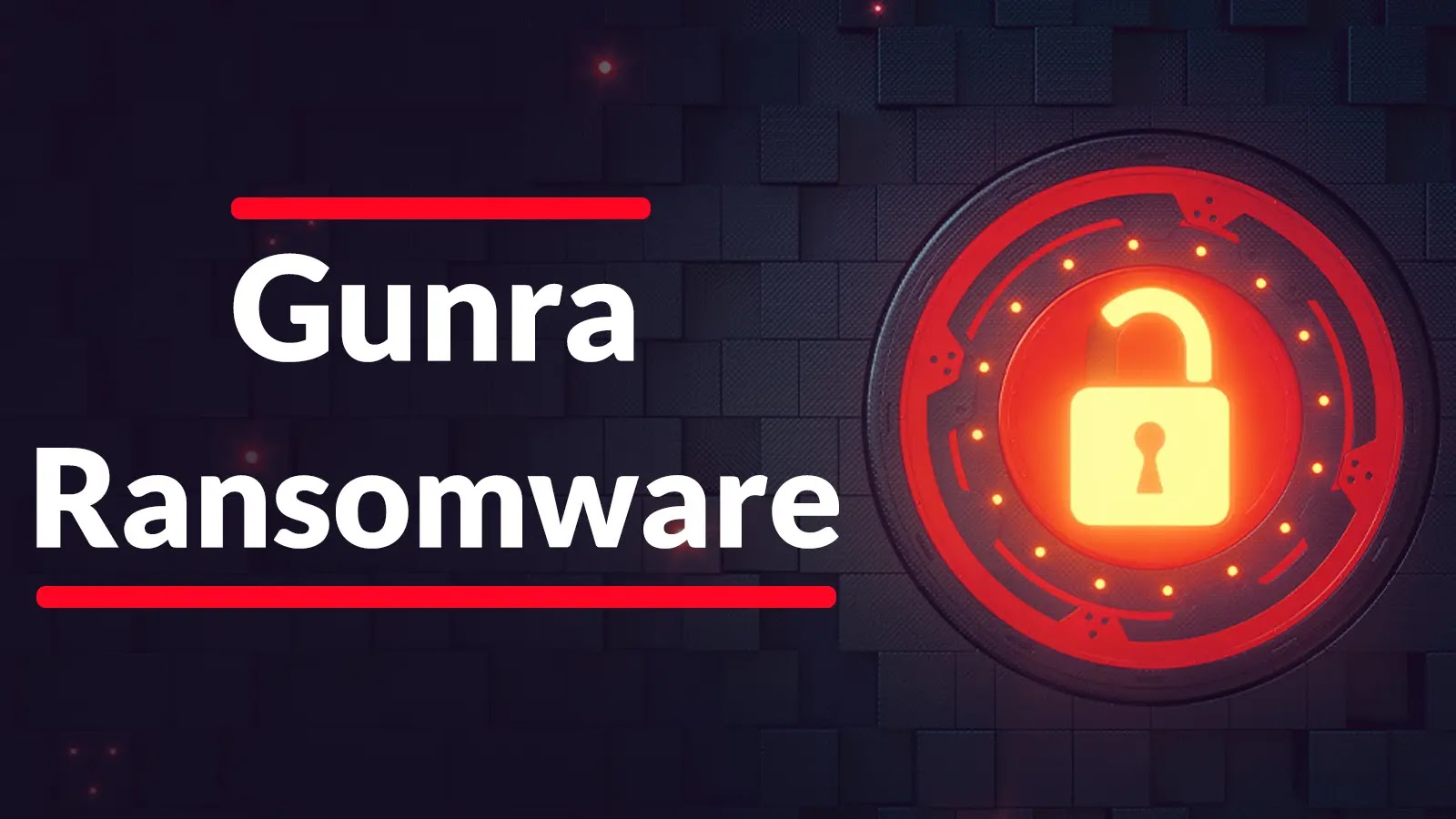
Gunra Ransomware Leveraging Attacking Windows and Linux Systems with Two Encryption Methods
The relentless evolution of ransomware continues to challenge organizations globally. A new and concerning entry to this threat landscape is Gunra ransomware, which emerged in April 2025. This sophisticated operation distinguishes itself by actively targeting both Windows and Linux environments, employing dual encryption methods to maximize its destructive potential. Understanding Gunra’s capabilities and its systematic approach to compromising diverse systems is critical for bolstering defensive postures.
Gunra Ransomware: A Dual-Platform Threat
Gunra ransomware represents a significant escalation in distributed ransomware campaigns. Its ability to effectively attack both Windows and Linux systems broadens its victim pool considerably, impacting organizations with mixed IT infrastructures. This dual-platform capability is a hallmark of advanced threat actors, demonstrating a comprehensive understanding of enterprise networks and a desire to cause widespread disruption. The systematic approach observed in Gunra’s operations points to a well-resourced and highly organized group, making their campaigns particularly effective and difficult to mitigate once an initial compromise occurs.
Two Encryption Methods for Enhanced Impact
A key differentiator for Gunra ransomware is its utilization of two distinct encryption methods. While the specific algorithms were not detailed in the provided source, this dual-method approach suggests a layered encryption strategy, possibly involving initial rapid encryption for speed, followed by a more robust or complex encryption for critical files. Such a technique could complicate recovery efforts, even with backups, by requiring two separate decryption processes or keys. This tactical choice underscores the attackers’ commitment to ensuring data inaccessibility and increasing the pressure on victims to pay the ransom.
Targeting Both Windows and Linux Systems
The operational flexibility to target both major operating systems makes Gunra a pervasive threat. Windows systems, prevalent in user endpoints and many servers, offer a vast attack surface. However, Linux systems, foundational to many critical infrastructure, web servers, and cloud environments, present equally valuable targets. A ransomware strain capable of compromising both types of systems means that a single attack campaign can cripple an entire organization’s operations, from administrative functions to core services. This broad attack vector necessitates a comprehensive security strategy that covers all platforms.
The Evolution of Ransomware Tactics
Gunra’s emergence in April 2025 highlights the continuous and rapid evolution of ransomware tactics. Threat actors are perpetually refining their methodologies, moving beyond simple single-platform attacks to more sophisticated, multi-faceted operations. The adoption of dual encryption methods and dual-platform targeting illustrates this trend, emphasizing the need for organizations to stay agile and predictive in their cybersecurity defenses. This advanced approach mandates a shift from reactive defense mechanisms to proactive threat intelligence and prevention.
Remediation Actions
Proactive and multi-layered security measures are essential to defend against sophisticated threats like Gunra ransomware. Organizations must prioritize robust cybersecurity hygiene across all environments.
- Implement Strong Backup Strategies: Regularly back up all critical data, and ensure backups are isolated, immutable, and routinely tested for restorability. This is the last line of defense against encryption.
- Patch Management: Keep all operating systems, applications, and network devices fully patched to address known vulnerabilities. While specific CVEs exploited by Gunra were not detailed, timely patching reduces the attack surface.
- Endpoint Detection and Response (EDR): Deploy EDR solutions on both Windows and Linux endpoints to detect and respond to suspicious activities and potential ransomware infections in real-time.
- Network Segmentation: Segment networks to limit lateral movement of ransomware. Containing an infection to a small segment can prevent widespread damage.
- Least Privilege Principle: Enforce the principle of least privilege for all user accounts and system processes to minimize the impact of a compromised account.
- Multi-Factor Authentication (MFA): Implement MFA for all remote access services, privileged accounts, and critical systems to prevent unauthorized access.
- Security Awareness Training: Educate employees about phishing, social engineering tactics, and the dangers of clicking on suspicious links or opening unsolicited attachments, as these often serve as initial infection vectors.
- Incident Response Plan: Develop and regularly test a comprehensive incident response plan specifically for ransomware attacks to ensure a swift and effective response.
Tools for Ransomware Defense
A combination of tools can significantly enhance an organization’s defense against ransomware variants like Gunra.
| Tool Name | Purpose | Link |
|---|---|---|
| CrowdStrike Falcon | Endpoint Detection & Response (EDR) for Windows & Linux | CrowdStrike |
| Veeam Backup & Replication | Data backup, recovery, and ransomware protection | Veeam |
| Tenable Nessus | Vulnerability scanning and management | Nessus |
| Splunk Enterprise Security | SIEM for threat detection and incident response | Splunk |
| Microsoft Defender for Endpoint | EDR for Windows & Linux environments | Microsoft Security |
Key Takeaways
Gunra ransomware’s emergence underscores a critical shift towards more sophisticated, multi-platform, and multi-encryption ransomware operations. Its capacity to compromise both Windows and Linux systems, coupled with dual encryption methods, positions it as a severe threat to diverse organizational infrastructures. Defending against such advanced threats requires a proactive, layered security approach focusing on robust backups, diligent patching, network segmentation, EDR solutions, and comprehensive employee training. Staying informed about evolving ransomware tactics and continuously refining defensive strategies remains paramount in mitigating the impact of these pervasive cyber threats.





